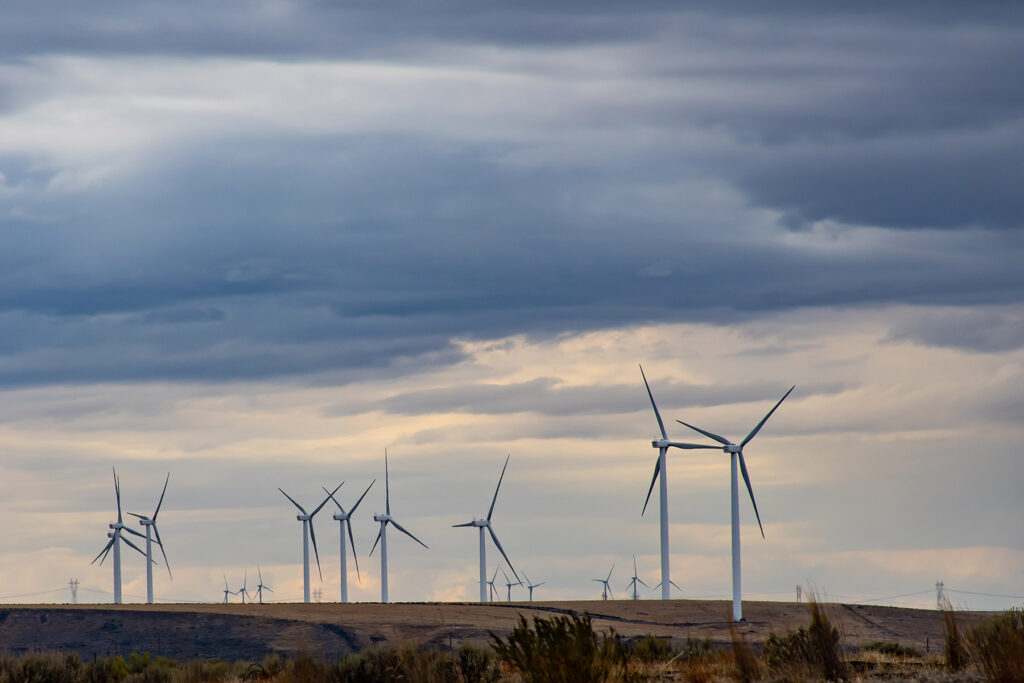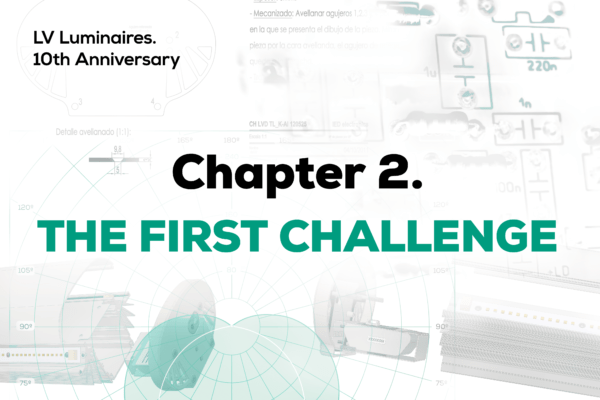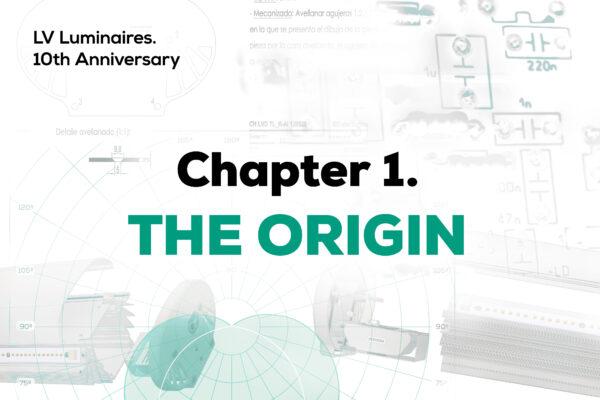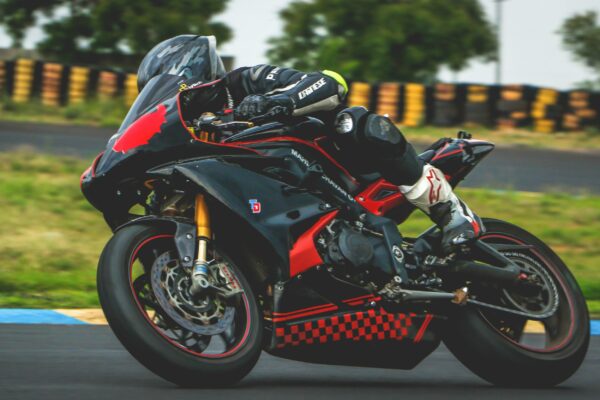
How to adapt the lighting of wind turbines. An easy problem to solve.
More and more owners and operators are retrofitting lighting systems to comply with regulations and to improve the safety of people working on the wind turbine.
Although it may seem incredible, there are many wind turbines that have been in operation for more than 7-8 years and still lack emergency lighting. In other words, in the event of an unforeseen event, workers performing maintenance work on these wind turbines would have to evacuate machines from 50 to 80 meters high in total darkness or with the only support of headlights on their helmets. In short, an enormous risk that has an easy solution. This retrofit solution, in addition to safety, brings with it other benefits in the form of elimination of maintenance costs, no waste generation or no need for spare parts.
The wind power industry is a sector committed to safety, so it is striking that this problem is widespread. However, it is not difficult to understand why. The level reached by energy storage technologies 10-15 years ago (when these machines were designed) was a far cry from what has been used in recent years. The technological evolution in the world of batteries, as well as the appearance of LEDs and the generalization of their use in the last decade, made it possible to address requirements specific to the wind application that until then were unimplementable. The rest was a matter of enabling these improvements through industrial electronics technology. The result: a substantial improvement in the safety and efficiency of wind turbine lighting systems. Or in other words: lives saved, injuries avoided, waste (fluorescents, batteries, etc.) minimized, and maintenance and spare parts costs reduced.
Wind turbines with inadequate lighting systems require huge inspection, maintenance and spare parts costs compared to the cost of the system itself. Non-compliance with current reference standards (EN-50308 and EN-50172 of 2004 and 2005) is often accompanied by shortcomings (sometimes very significant) in terms of operational lighting, leading to environments that are not only unsafe for evacuation, but also unhealthy as a workplace.
In recent years, many companies, in general owners and operators, have noticed this problem in older machines and have launched projects and initiatives to bring them into compliance with regulations and make them a safer environment. Unlike new machines, lighting systems for machines in operation must be adapted to very particular and demanding installation conditions, notably different from those required in first-equipment production centers. Adaptation of the lighting system results in simplified installation procedures that lead to greater task safety and significant cost savings.
In short, having safe, robust and compliant wind turbine lighting is easy, and companies that have implemented appropriate lighting systems not only quickly demonstrate safety improvements, but also significant cost and perceived quality improvements.





